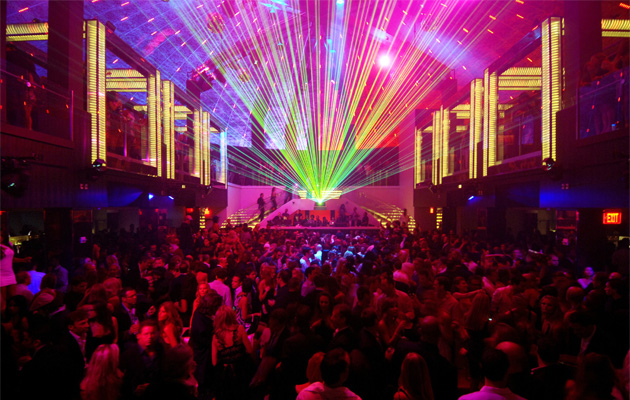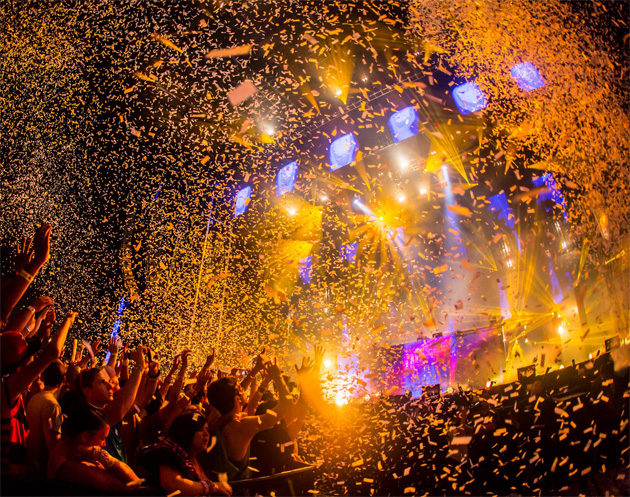
EDM’s ascent is fraught with compromises: pop star vocals for radio play, Skrillex for dubstep, and concert halls for clubs. While Skrillex’s merits can be debated and vocals are no stranger to electronic dance music, transitioning from clubs – the music’s origins – to arenas, stadiums, and even smaller venues like the Roseland Ballroom and Radio City Music Hall appears, superficially, as a step up.
In such context, EDM is no longer an oddity. Sharing the same venues once reserved for singers and musicians enhances the genre’s mainstream credibility. Simultaneously, on the other hand, moving a DJing gig to an arena is essentially a move forward with the foundation eradicated.
Greater Appreciation
Concert halls, no matter the genre, symbolize success. No matter if a classical musician plays his or her way into Carnegie Hall or a rock star goes platinum enough to sell a stadium, such a venue represents an apex, of an artist emerging from obscurity into the collective limelight of pop culture consciousness.
EDM is no different. The darker club atmosphere, which offers limited space, no visuals save for décor, and even keeps the DJ hidden, was once an aspiration. But securing a residency, right now, is so 1990s and, in a sense, only a snippet of success: you’ve hit it off on a local level, but on a global scale, you’re still an unknown. Stadium tours, now becoming the norm for well-known producers, are the mega-residency – transforming the DJ from a club star into a reliable global performer.

Greater Expectations
With setlist expectations, however, tours and club residencies start to diverge. When you’re a weekly fixture playing to the same crowd, your regular audience wants something new – all the time. Tours, in this regards, diminish creativity, and the DJ, catering to a different crowd in each location, must replicate that excitement over and over.
Audiences, as well, want familiar sounds to grasp onto. As a result, stadium setlists turn into top 40 and dance hits remix sessions: all the tunes are familiar to some degree while showing off the DJs artistry. In this regards, the DJ is confined to playing what the audience wants to hear and will recognize.
A Poor Product in Excellent Packaging
Grandiosity or minimalism? Festival and stadium shows draw the crowds with the pounding bass and eye-catching visuals. The DJ becomes part of the presentation. As a result, mediocre artists’ sonic transgressions are framed in a positive light. The flashing strobe, colorful back displays, and stage dancers essentially tell the audience, “See? Listening to David Guetta is fun!” And everyone else bobs along in agreement.
Clubs, on the other hand, remove these aids, and the DJ has nothing but his skills to rely on. Yes, David Guetta, too, once started out as a club DJ, but that past, based on his last two albums, is far enough behind to be a distant, irrelevant memory.

Disappointment
Despite EDM’s gradual climb up the charts and ingratiation in mainstream radio play, the artists headlining stadiums alone don’t always fill them. The floor’s abuzz like the best club night of the week, but the surrounding seats paint a different scene, one of a forced trend that’s being pushed too far out of its comfort zone.



